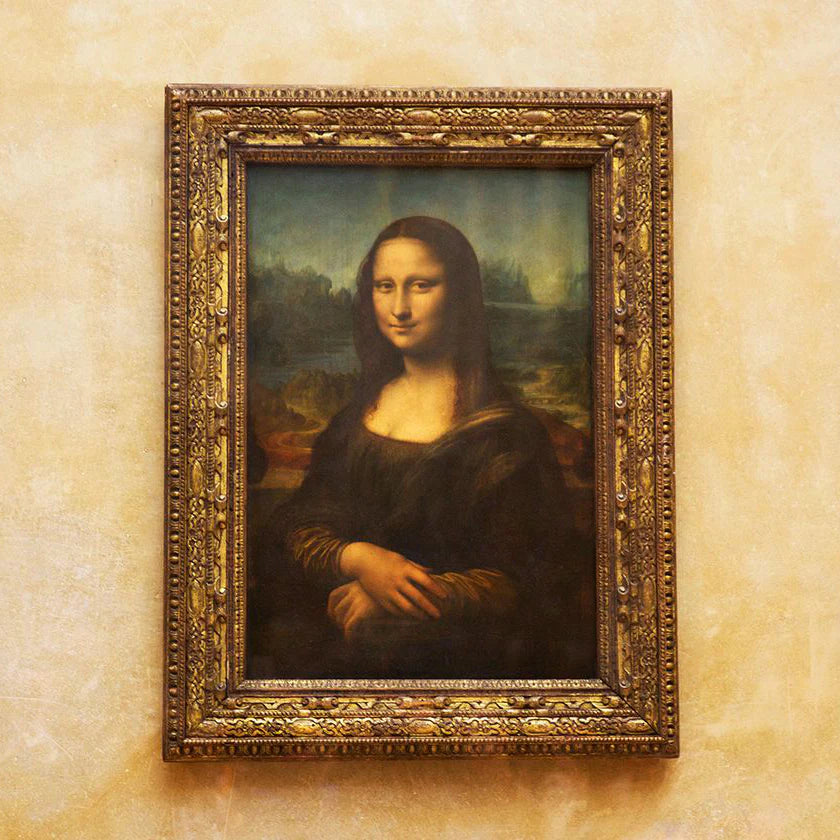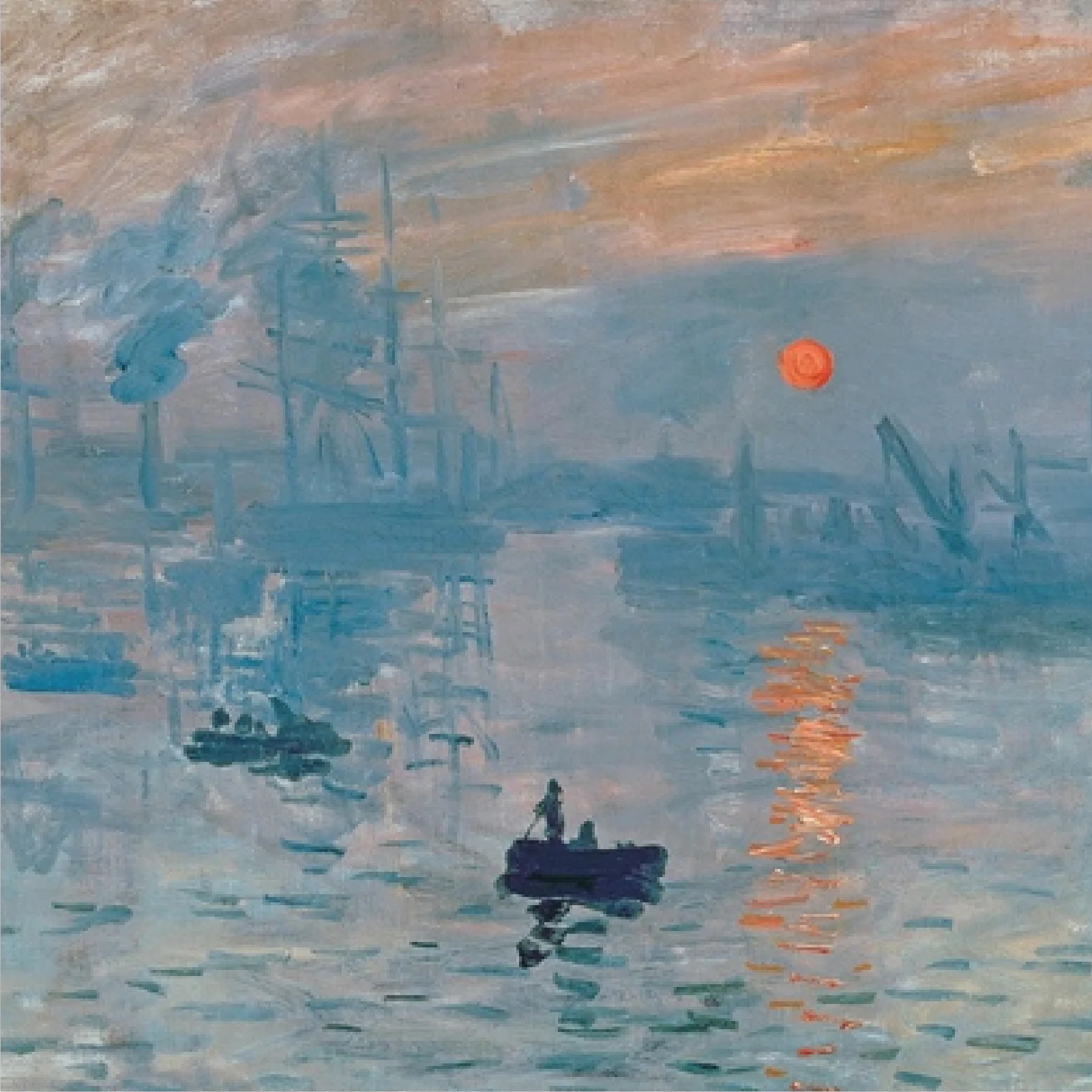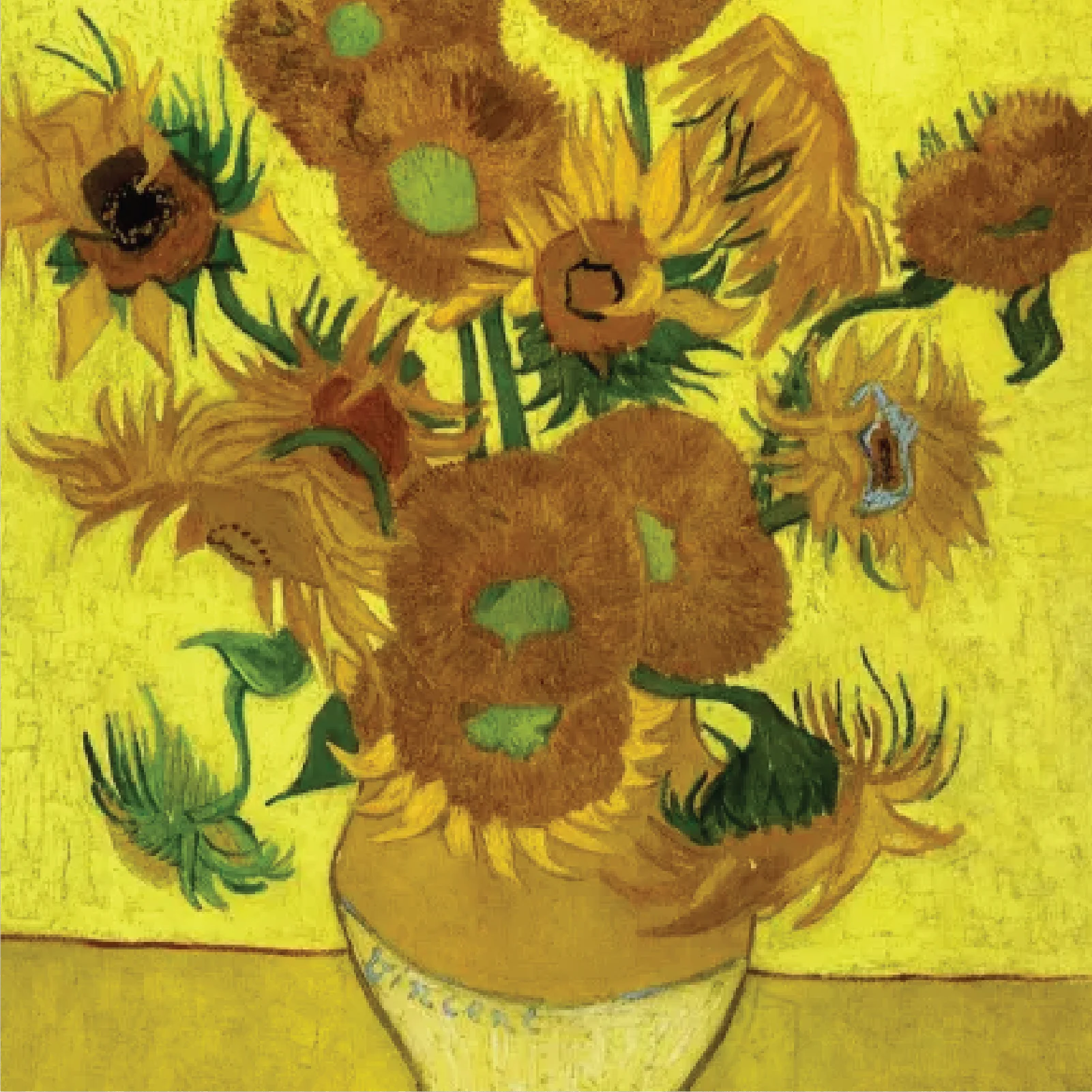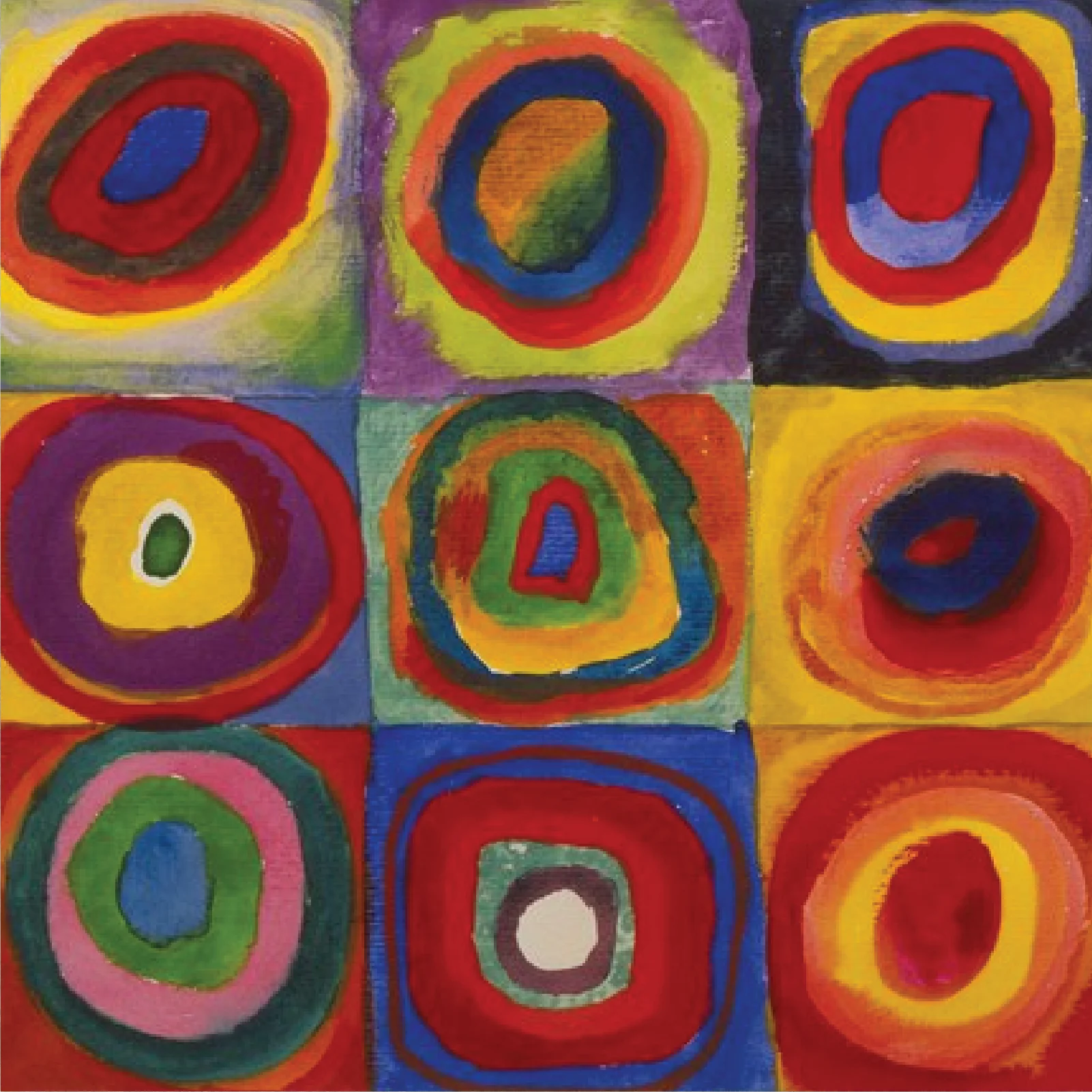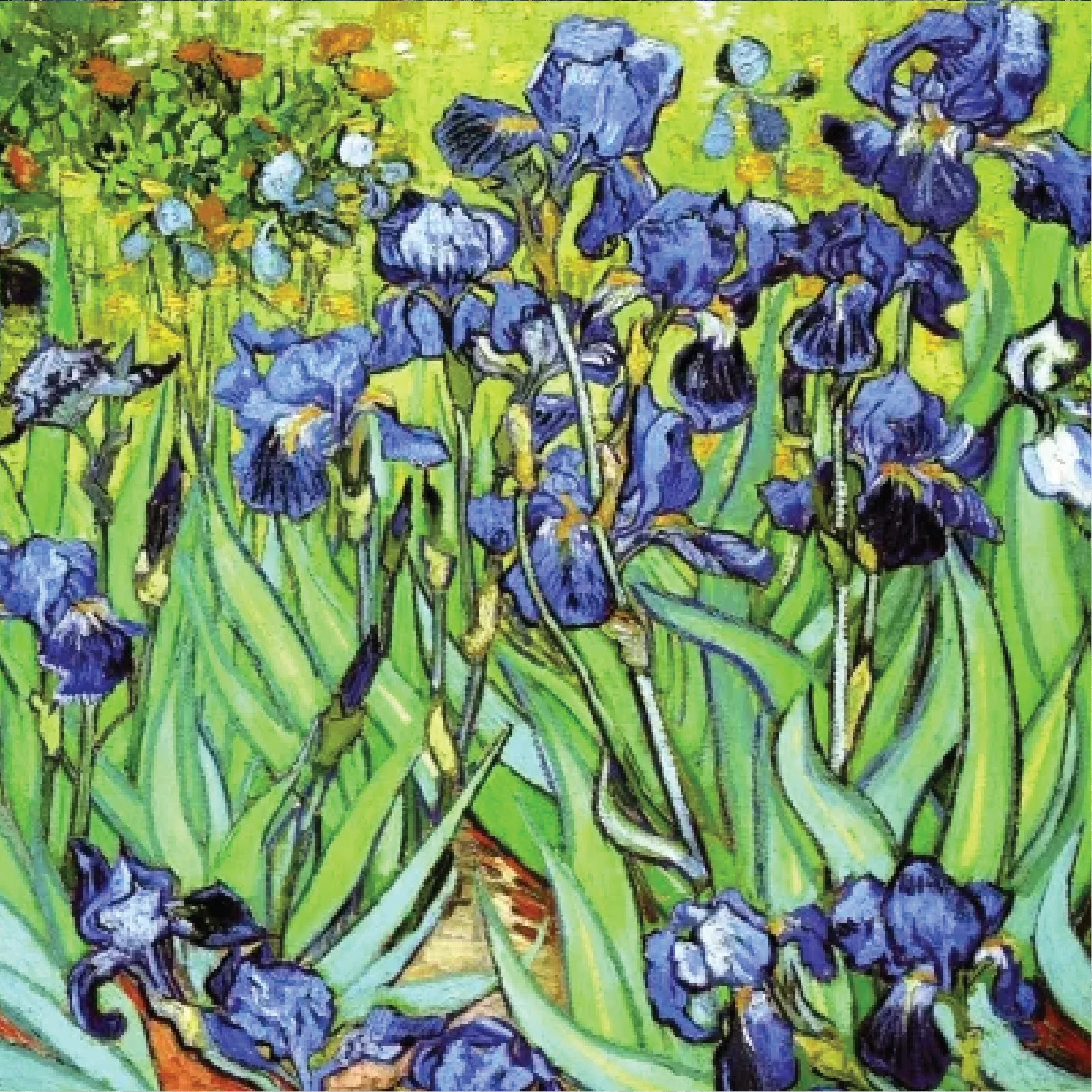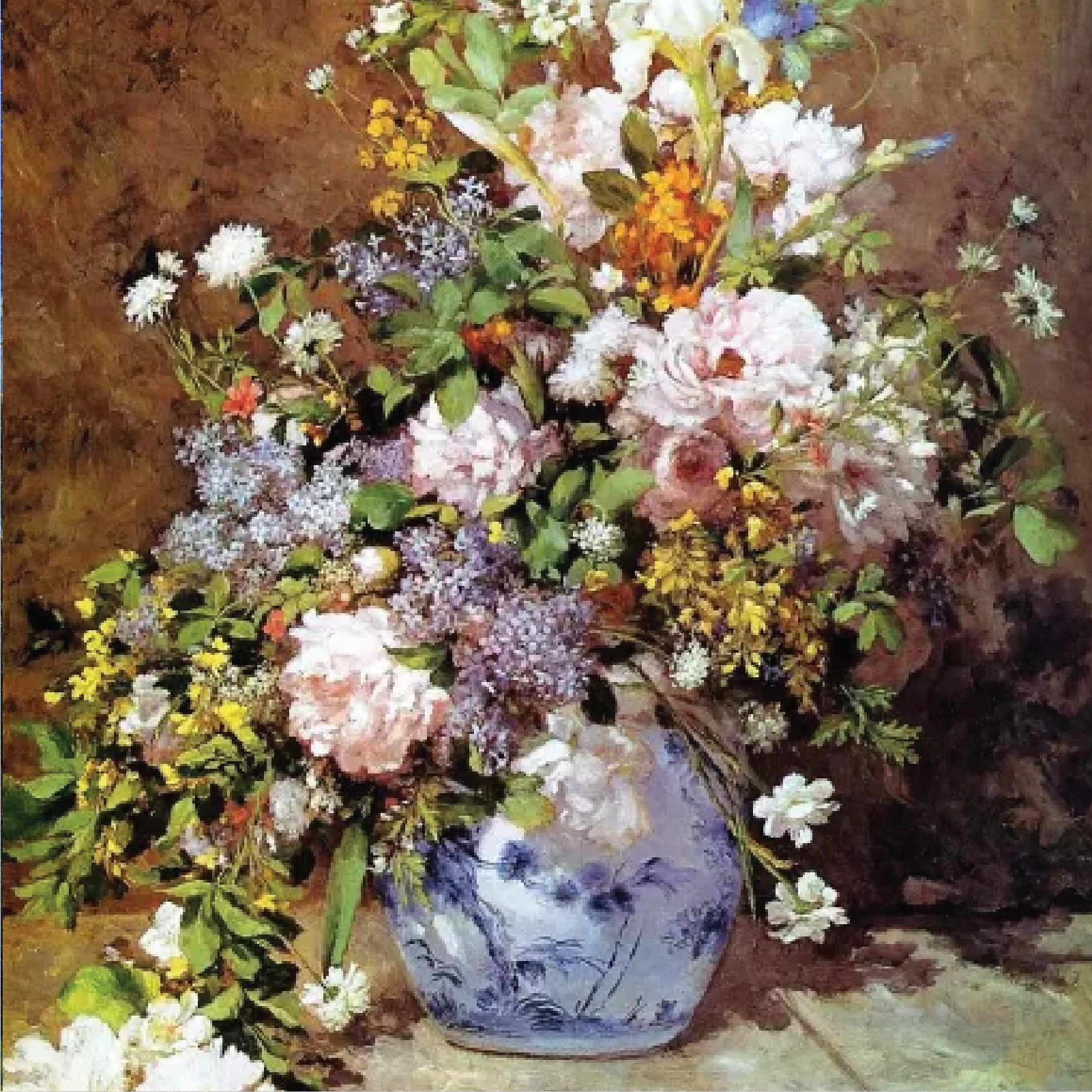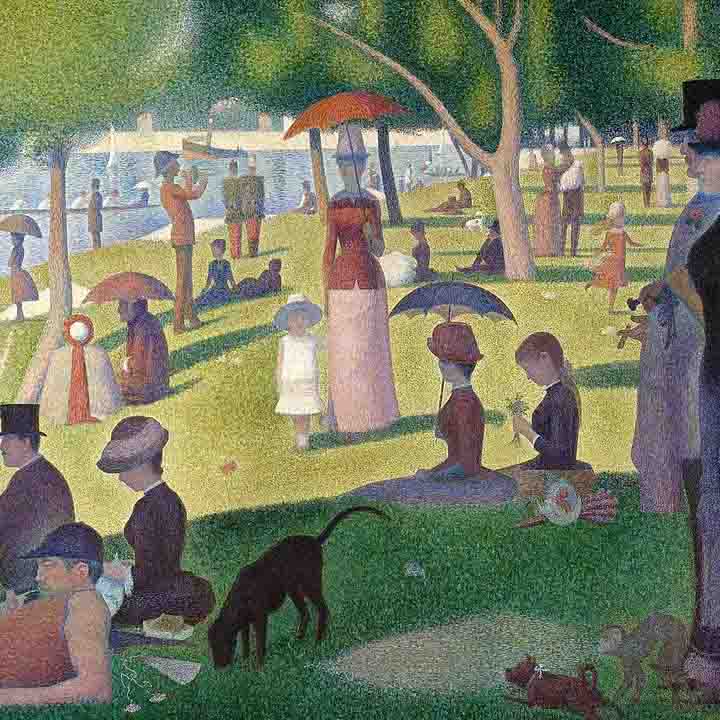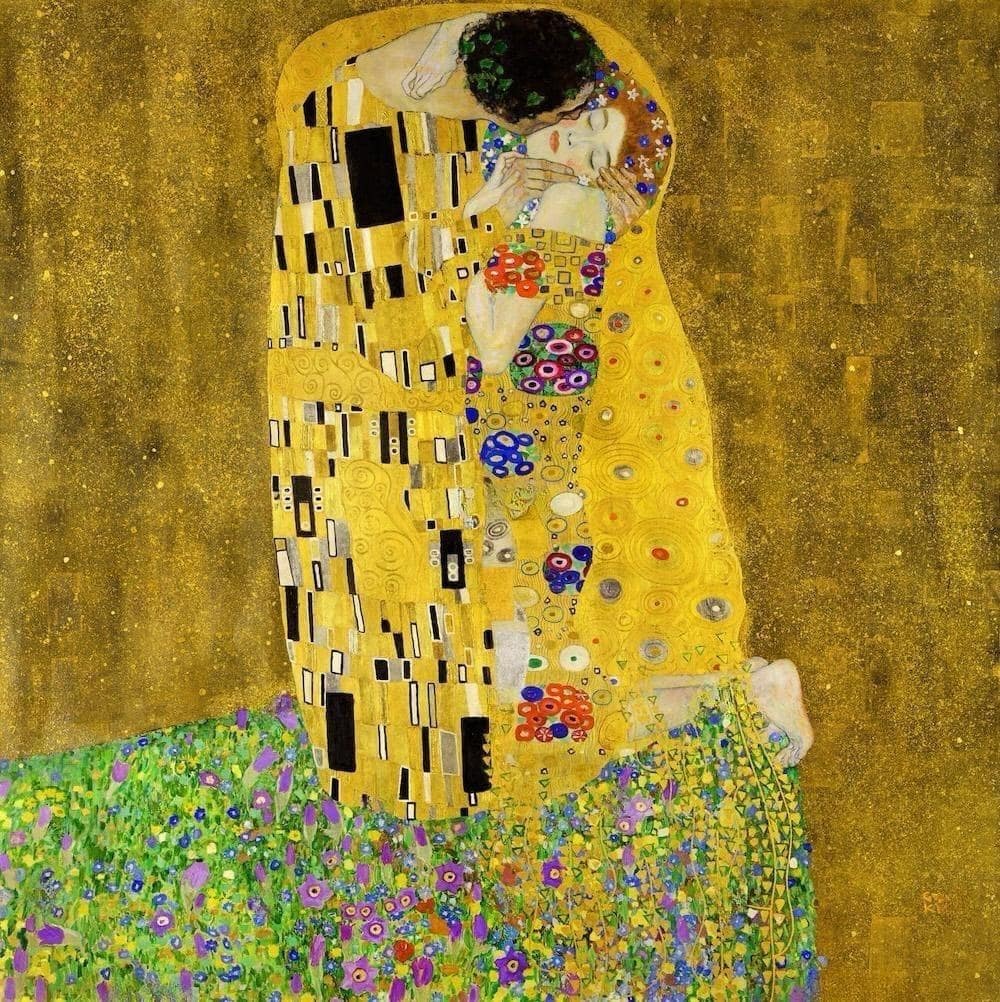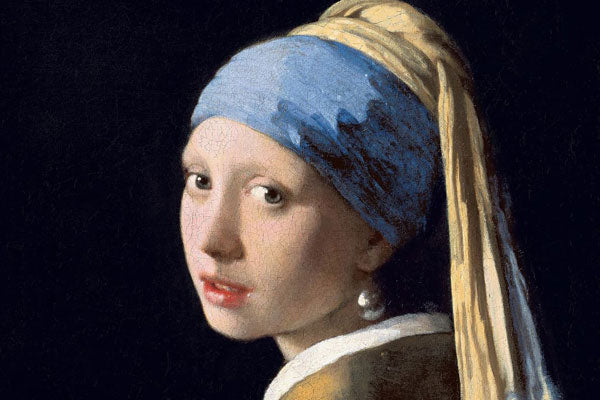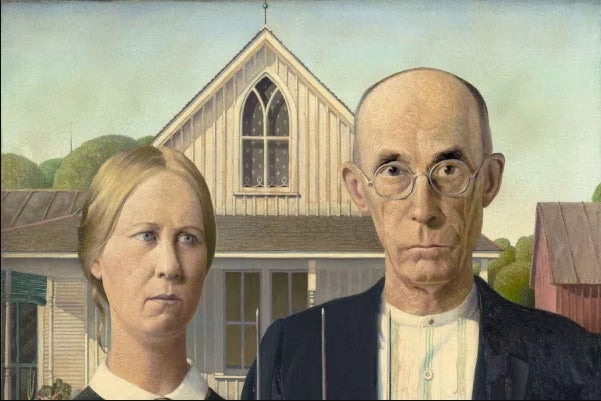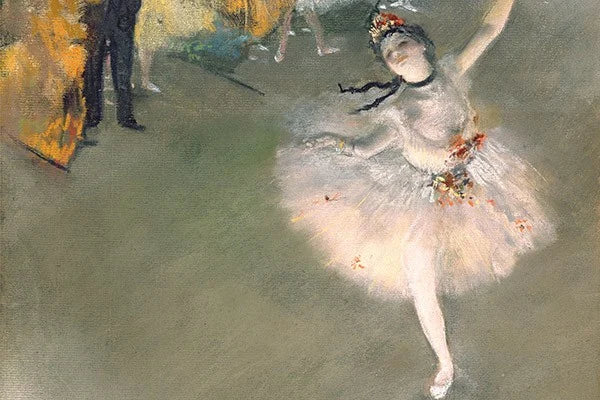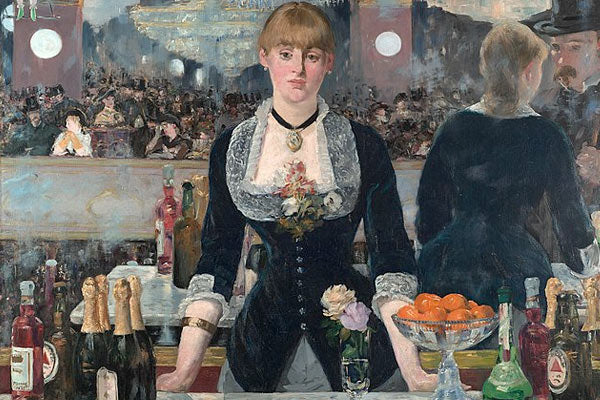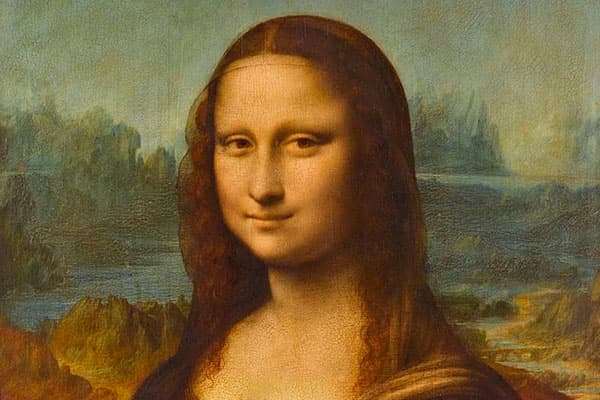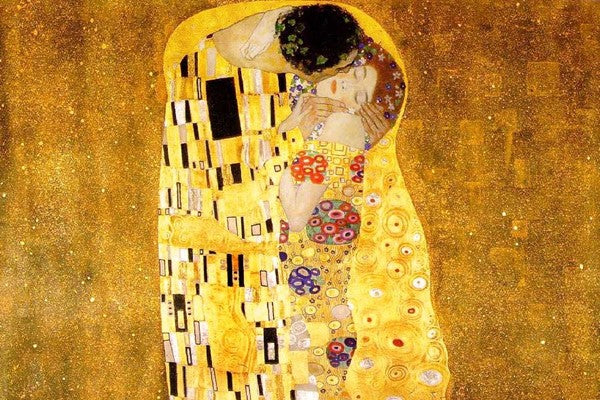Oil paintings are among the most sought-after art forms due to their durability, rich textures, and historical significance. The cost of oil paintings in the USA can range from as low as $100 for beginner artists to over $100 million for masterpieces by professional artists or legendary painters.
So, how much to charge? How much do oil paintings cost? What determines these price differences? Whether you're an art enthusiast, first-time buyer, or collector, understanding the financial aspects of oil paintings can help you make an informed decision.
Discover the timeless beauty of hand-painted reproductions at Art & See. Browse through our extensive collection and bring classic masterpieces into your home at an affordable price of a painting.
Key Factors Influencing Canvas Oil Painting Prices
Several key factors influence the price of an oil painting. Below are some of the most important considerations that determine the final cost:
Artist's Reputation and Demand
The artist's recognition plays a crucial role in determining the lower price. Beginners or unknown artists may be selling art pieces for $100 to $1,000, whereas established artists command between $5,000 and $50,000 higher price per painting.

Masterpieces by world-renowned artists like Picasso or Van Gogh have fetched over $100 million at auctions. For example, Van Gogh's artwork "Portrait of Dr. Gachet" sold for $82.5 million in 1990, equivalent to over $154.8 million today, adjusted for inflation.
Size and Complexity of the Artwork
Larger paintings cost more due to increased material use and the time invested in their contemporary art. A small 12x16-inch original painting from an emerging artist may cost between $500 and $2,000, while larger 48x60-inch pieces by mid-career artists range from $10,000 to $50,000. Hyper-realistic paintings and complex compositions demand higher selling prices of painting due to the intricate details and skill required.
Materials and Technique
Oil paints are expensive, especially when using high-quality pigments like cadmium red or cobalt blue. Artists who use premium materials and handcrafted canvases for pieces of art often charge higher prices.
A 200ml tube of high-grade oil paint can have a final price between $40 and $150. Additionally, techniques like impasto (thick paint application) and glazing (layering for depth) add significant labor and value to a painting.
Market Demand and Trends
Auction sales and art market trends heavily impact pricing. Contemporary artists like Jean-Michel Basquiat have seen their works skyrocket in value. His painting, "Untitled" (1982), sold for $110.5 million as premium art in 2017. If artists gain media attention, their paintings can double or triple in value within months.
How Much Do Oil Paintings Cost?
Oil paintings generally cost between $200 and $5,000. The size and complexity of the painting also influence the price, with smaller works (e.g., 12x16 inches) ranging from $300 to $1,500 and larger ones (e.g., 36x48 inches) potentially costing $2,000 to $15,000 or more.

Additionally, the medium and technique used and the art's subject matter play a role in pricing. Paintings sold through galleries or auctions tend to have higher price tags due to commissions and markups, while online marketplaces often offer more affordable options.
When you price your work as an artist, using a square inch price can help determine its value. Before listing, you need to find a canvas that suits your artistic vision, as the cost of a canvas oil painting depends on size and quality. A painting that is framed often sells for more, as framing enhances its presentation.
Sometimes, a piece is worth more than a painting itself, especially if it holds historical or artistic significance in the art world. Buyers looking to find a canvas oil painting must decide whether to invest in an original or opt for a print instead of an original.
When purchasing, whether you’re an art buyer or an experienced collector, knowing how to negotiate a lower price can make a difference. Understanding the painting is worth its asking price ensures a good investment, and buyers may try to secure a lower price with the seller through private deals.
If you're starting to sell, you might consider different avenues, such as selling art work directly or choosing to sell through galleries. Artists who try to sell independently may have more flexibility in pricing, but galleries provide credibility. No matter the approach, when it comes to price, knowledge of the market is key to making informed decisions.
Breakdown of Oil Painting Costs in the USA
|
Painting Size |
Emerging Artists |
Mid-Career Artists |
Renowned Artists |
|
Small (12x16 inches) |
$100 - $2,000 |
$2,000 - $7,500 |
$5,000 - $10,000+ |
|
Medium (24x36 inches) |
$1,500 - $3,500 |
$3,500 - $10,000 |
$10,000 - $50,000+ |
|
Large (48x60 inches) |
$3,500 - $7,500 |
$10,000 - $50,000 |
$50,000+ to millions |
Additional Costs to Consider
Buying an oil painting involves more than just the initial price. Additional costs include:
-
Framing: Standard frames cost $100-$500, while custom frames exceed $1,000.
-
Shipping: Smaller paintings range from $50-$200, while larger works cost $200-$500.
-
Insurance: Essential for paintings over $2,000, costing 1-2% of the artwork's value annually.
-
Authentication & Appraisal: Verification documents cost $100-$500 but are vital for high-value purchases.
Where to Buy Oil Paintings in the USA
Art Galleries
Galleries often mark prices by 30-50% but guarantee authenticity and expert guidance. Blue-chip galleries like Gagosian and Pace Gallery represent high-end artists, with pieces often starting at $50,000.
Online Marketplaces
Websites like Art&See, Saatchi Art, Artsy, and 1stDibs offer a range of oil paintings from various artists at different price points. A painting on Art&See can cost $249, depending on the artist and size.
Direct from Artists
Buying from an artist's website or studio can save buyers 20-30% compared to gallery space prices. It is worth noting that this approach provides direct access to the artist and allows for commissioned works.
Auction Houses
Major auction houses like Christie's and Sotheby's handle high-value paintings. Record-breaking sales include Leonardo da Vinci's "Salvator Mundi," which sold for $450.3 million in 2017.
Tips for Buying an Oil Painting

1. Set a Budget
Factor in additional costs like framing, shipping, and insurance. If purchasing as an investment, research past price trends of the artist's work.
2. Verify Authenticity
Always request a certificate of authenticity (COA) for high-value pieces. Buying from established galleries or auction houses reduces the risk of forgeries.
3. Research the Artist
Understanding an artist's background and past sales can help determine if their work will be appreciated over time. Some artists experience a surge in value posthumously, while others steadily rise based on demand.
4. Consider the Emotional and Aesthetic Value
An artwork's value isn't solely monetary. Choose a painting that resonates with you aesthetically and emotionally, ensuring it complements your space.
5. Attend Art Fairs and Exhibitions
Events like Art Basel Miami Beach, The Armory Show, and Frieze New York showcase emerging and established artists, often at more accessible prices than galleries.
The Value of Oil Painting Reproductions
Not everyone has the budget to buy original oil paintings from renowned artists, but that doesn't mean you can't enjoy the beauty of fine art. Art reproductions offer an excellent alternative for art lovers who want high-quality, hand-painted works at a fraction of the cost.

What Are Oil Painting Reproductions?
Oil painting reproductions are hand-painted copies of famous artworks created by skilled artists using traditional techniques. Unlike digital prints, these reproductions maintain the original piece's texture, depth, and rich color palette.
Why Choose a Reproduction?
-
Affordable Access to Fine Art – Original masterpieces often cost millions, while high-quality reproductions range from $200 to $5,000, depending on the size and complexity.
-
Customization Options – Buyers can request modifications, such as different dimensions or color adjustments, to fit their style.
-
Ideal for Home & Office Decor – A well-crafted reproduction enhances any space, adding an elegant and sophisticated touch.
-
Preservation of Cultural Heritage – Reproductions allow a wider audience to appreciate and own iconic artworks that would otherwise be restricted to museums or private collections. See if art museums use replicas or not.
How Much Do Reproductions Cost?
The cost of an oil painting replicas depends on several factors, including size, technique, and the artist's experience. Here's a general price range for custom reproductions:
|
Painting Size |
Basic Reproduction |
High-Detail Reproduction |
|
Small (12x16 inches) |
$200 - $500 |
$500 - $1,000 |
|
Medium (24x36 inches) |
$500 - $1,500 |
$1,500 - $3,500 |
|
Large (48x60 inches) |
$1,500 - $3,500 |
$3,500 - $5,000+ |
Where to Buy High-Quality Reproductions
Several platforms offer excellent oil painting reproductions, but it is crucial to choose a provider with skilled artists and premium materials. Art&See specializes in museum-quality oil painting reproductions, ensuring that every brushstroke captures the essence of the original masterpiece.
Frequently Asked Questions
1. What makes your oil paintings unique compared to others?
Skilled artists hand-painted our oil paintings using high-quality materials like premium paints and handcrafted canvases. Each piece is designed with attention to detail, ensuring vibrant colors and rich textures that bring art to life. We also offer customization options, allowing you to own a piece that perfectly suits your taste and space.
2. How do I know the painting I'm buying is authentic?
Each painting we offer has a certificate of authenticity (COA) that verifies its originality. We also provide detailed information about the artist, including their background and artistic process, to give you confidence in your purchase.
3. Can I request a custom painting?
Yes! We offer custom commissions, where you can work directly with our artists to create a unique oil painting tailored to your specifications. Whether it's size, subject matter, or color adjustments, we'll ensure the final piece aligns with your vision.
4. What is the typical price range of your oil paintings?
The prices of our oil paintings vary depending on factors like size, complexity, and the artist's experience. Small pieces start at $500, while larger or more intricate paintings can range from $2,000 to $10,000. We also offer reproductions at more affordable price points.
5. How do I care for my oil painting?
To preserve the quality of your oil painting, keep it in a dry, cool place away from direct sunlight. To avoid damage, ensure the painting is properly framed and hung. We recommend cleaning the surface with a soft, dry cloth and avoiding contact with water or harsh chemicals.
6. Do you offer international shipping?
Yes, we offer international shipping to most locations. Shipping costs vary depending on the size and destination of the painting. All paintings are securely packaged to ensure safe delivery.
Conclusion: Are Oil Paintings Worth the Investment?
Oil paintings can be an excellent investment if chosen wisely. While some paintings appreciate significantly over time, others maintain aesthetic value without substantial financial returns. Understanding pricing factors—such as artist reputation, size, materials, and market demand—allows buyers to make informed decisions.
Whether for personal enjoyment or investment, a well-chosen oil painting is a timeless addition to any collection. Hope so, now you know how much do oil paintings cost!
Do you have a favorite painting you'd love to own or want to sell a painting? Art&See is ready to bring your vision to life. Contact us today to begin your custom oil painting reproduction.
If you want to buy an oil painting, start by researching artists, setting a realistic budget, and exploring different purchasing platforms. With due diligence, you can find an artwork that enhances your space and holds potential long-term value.
